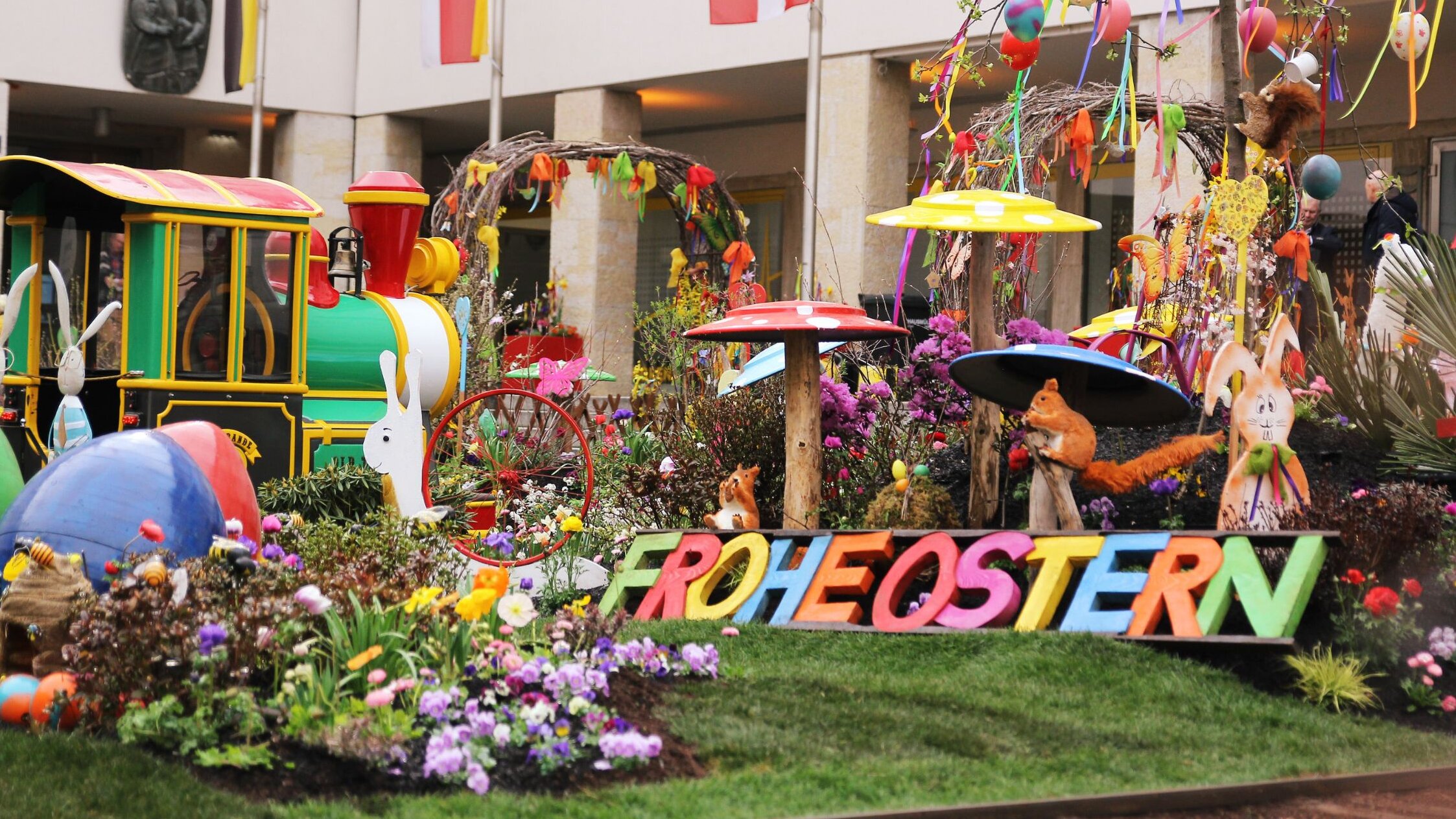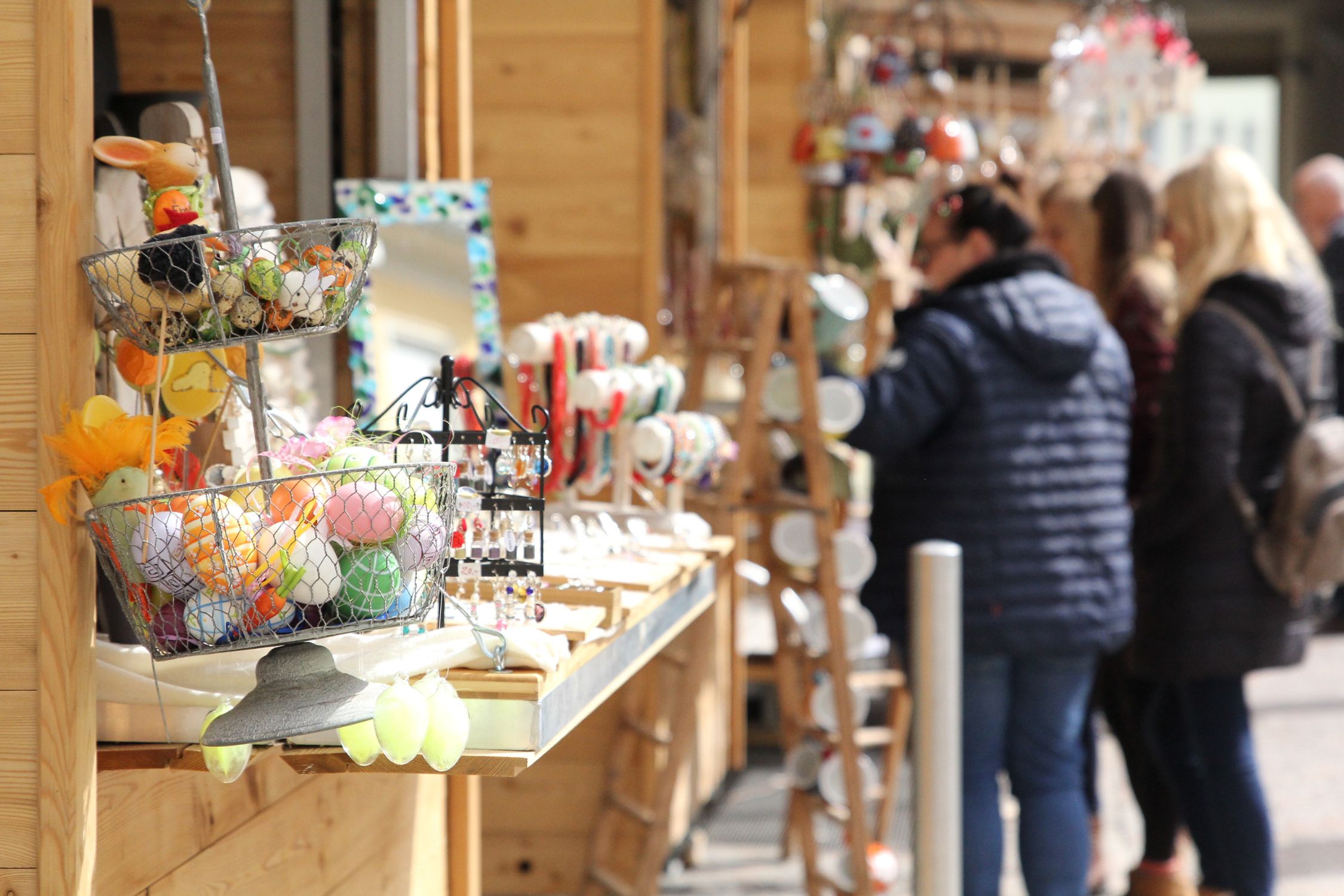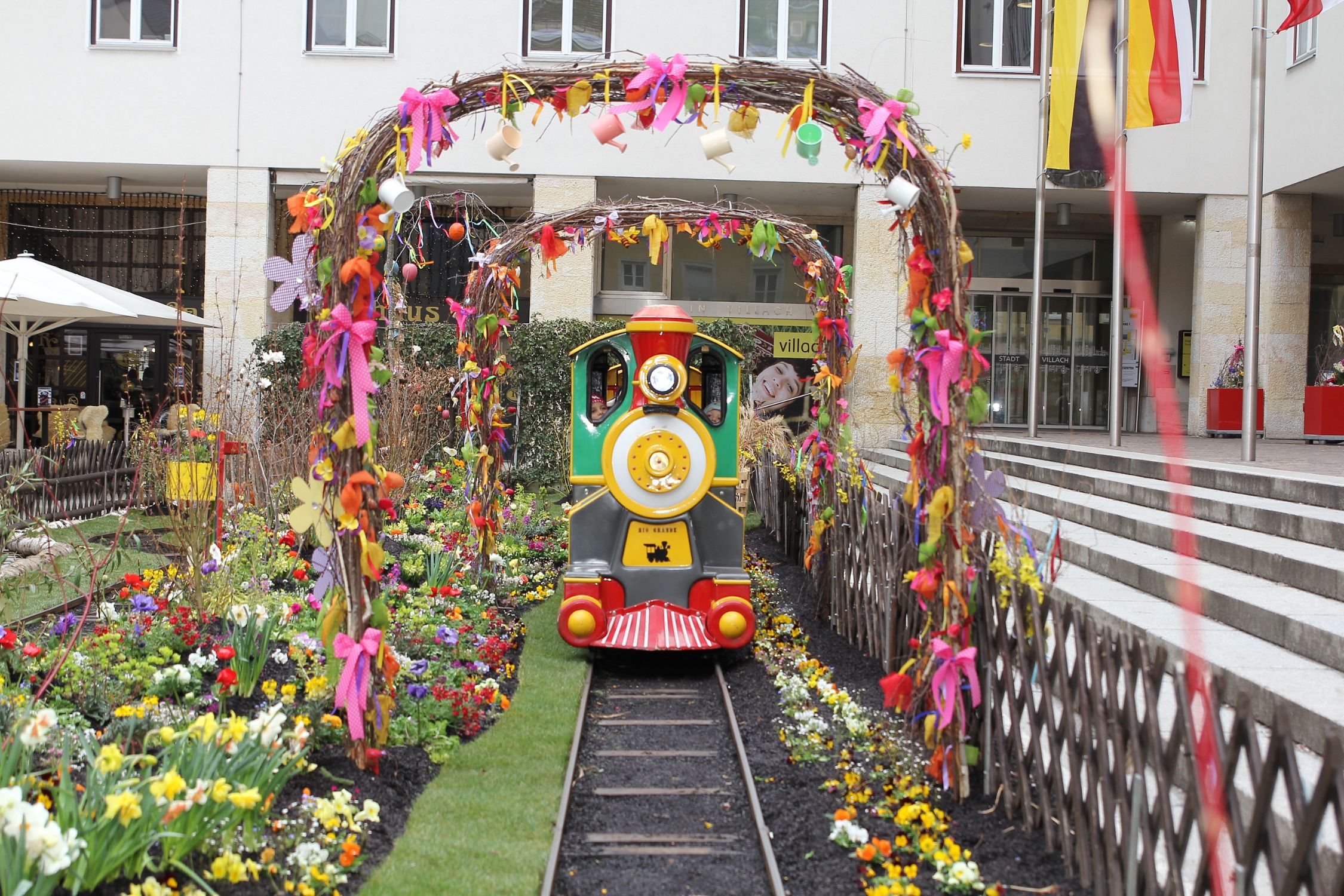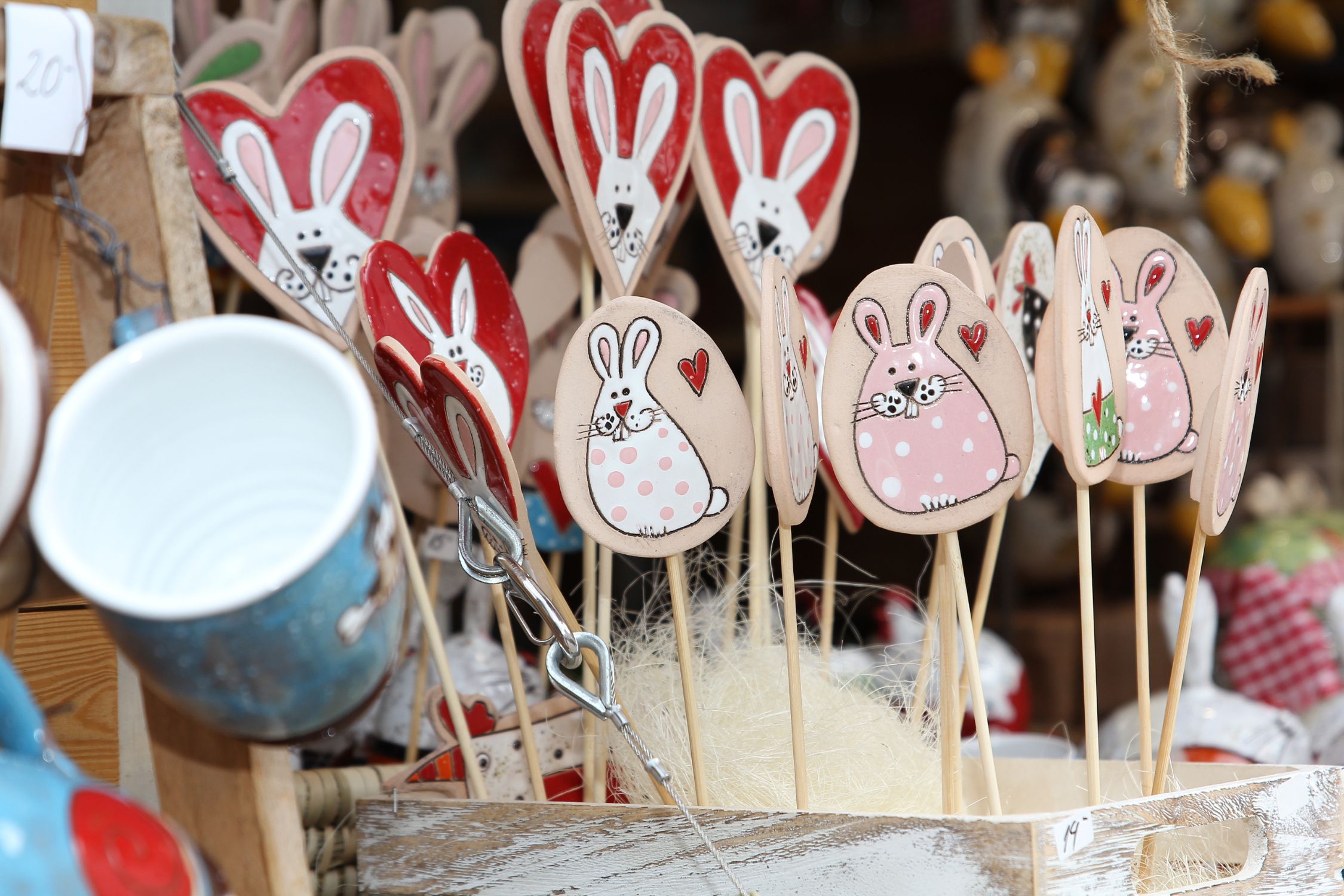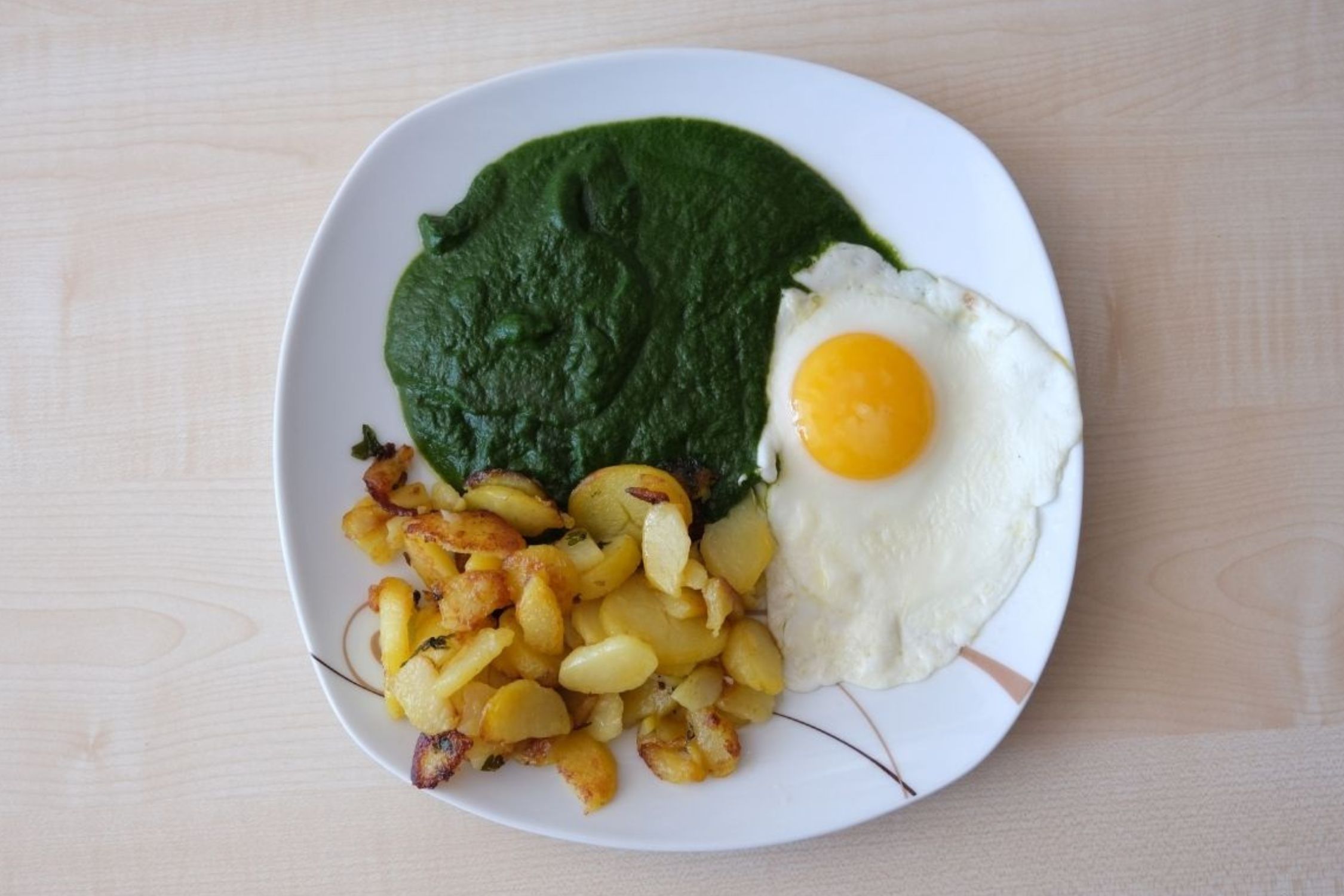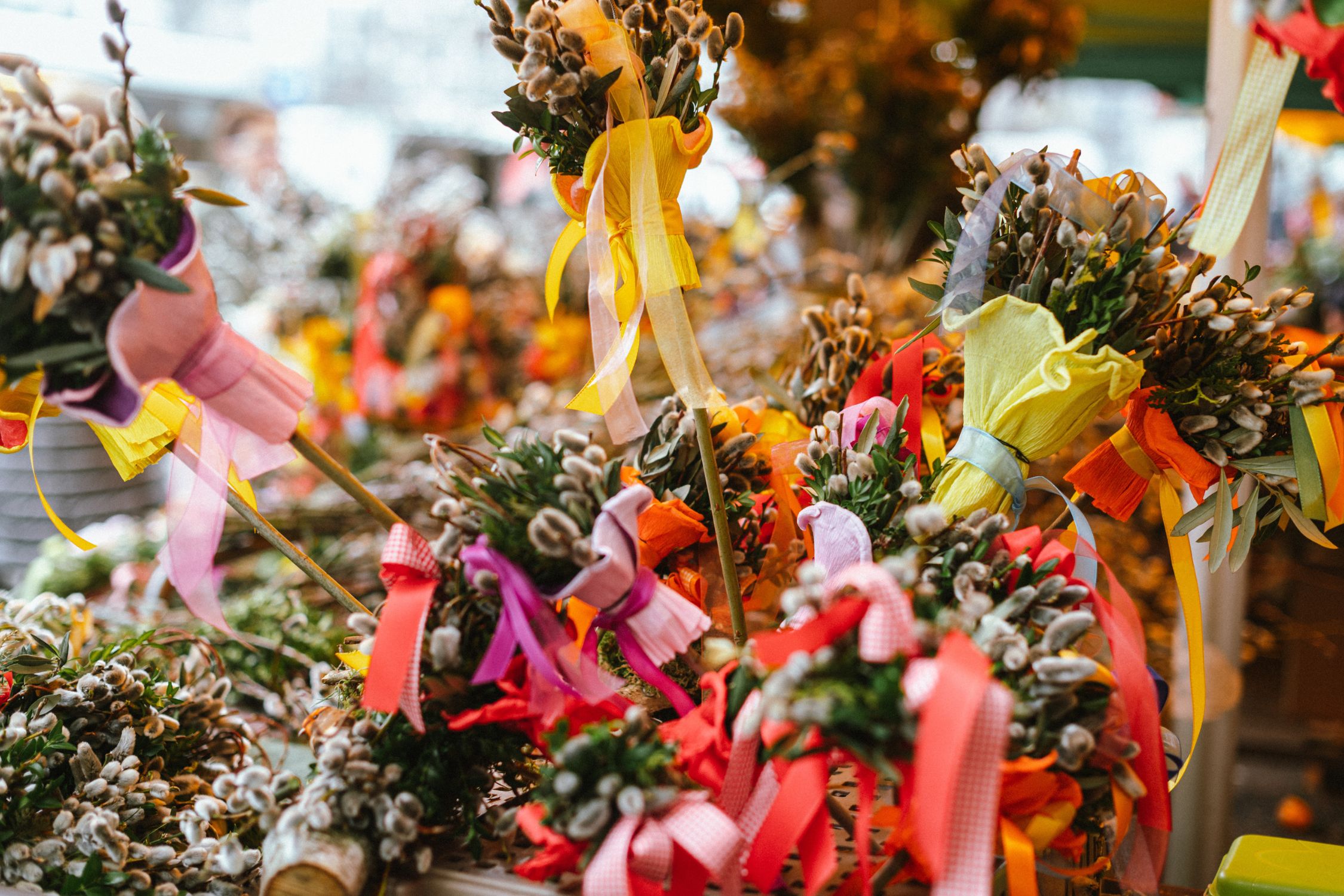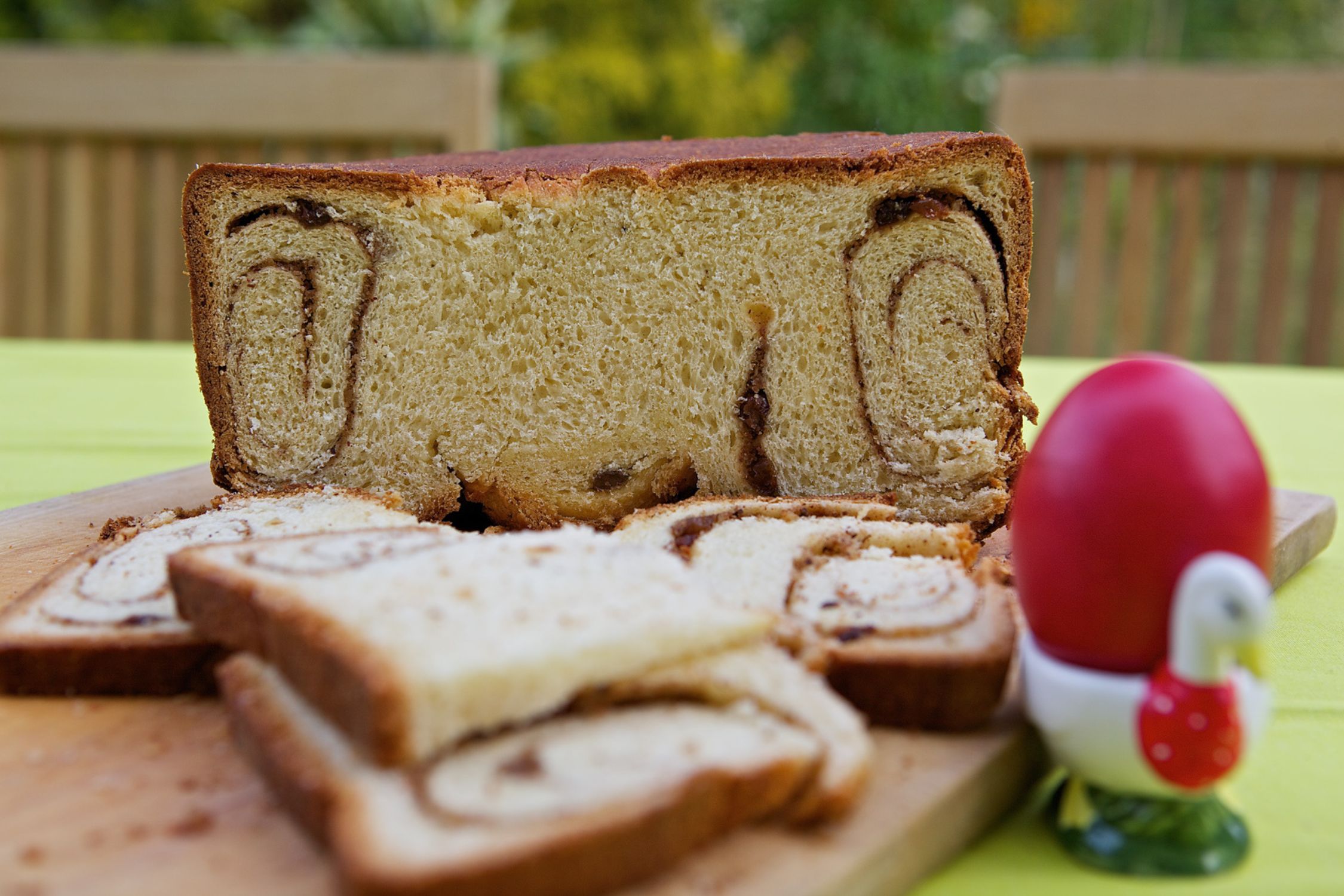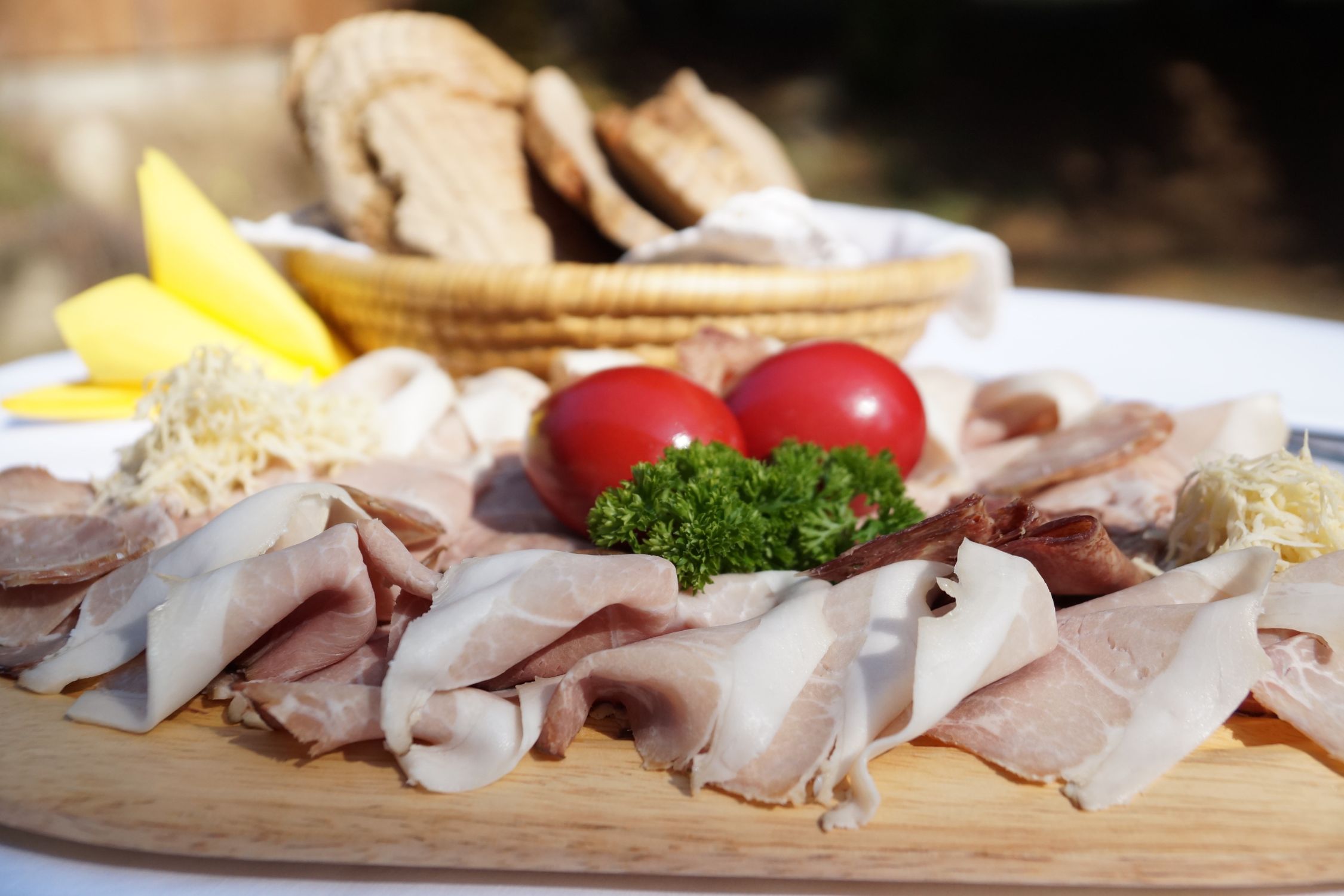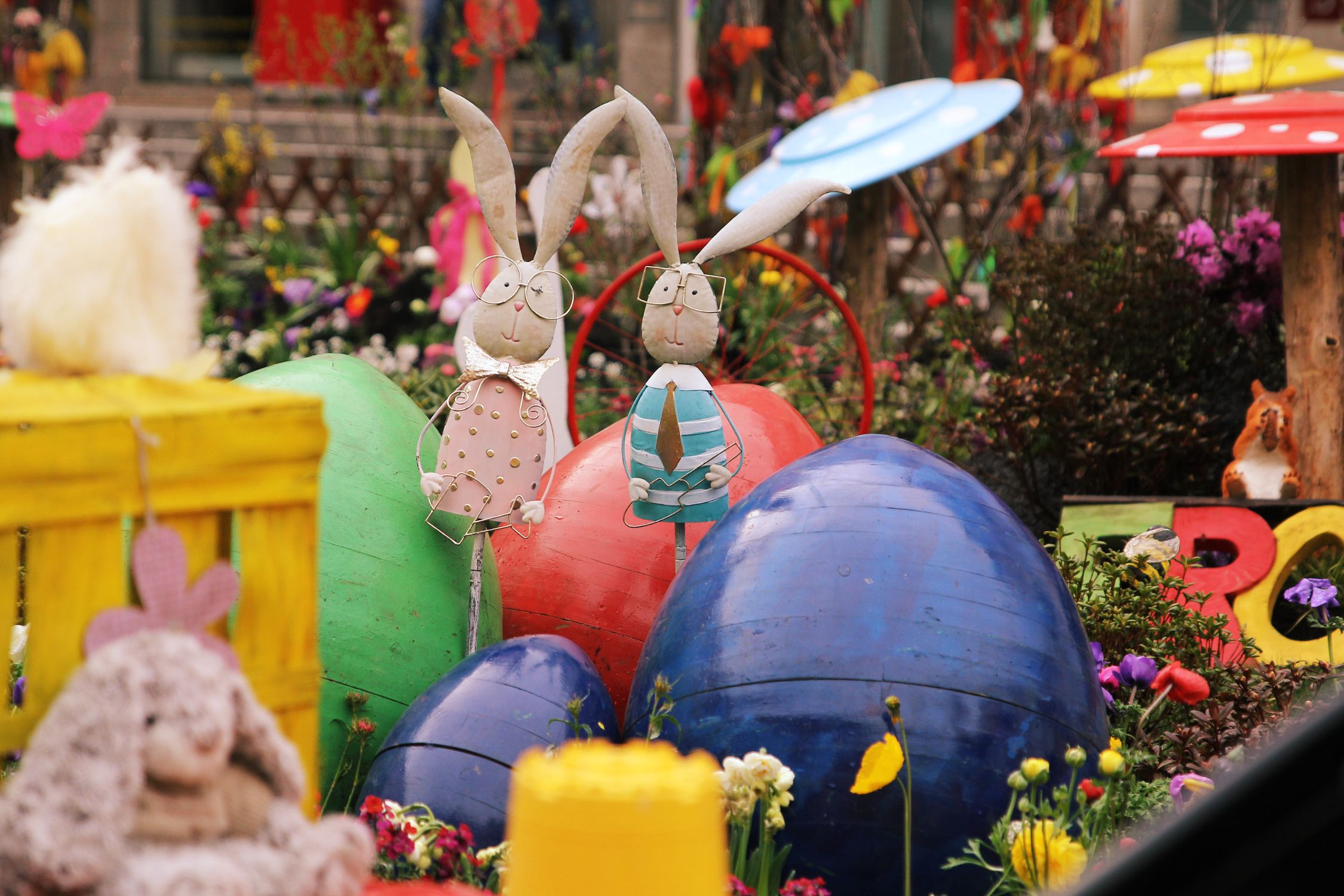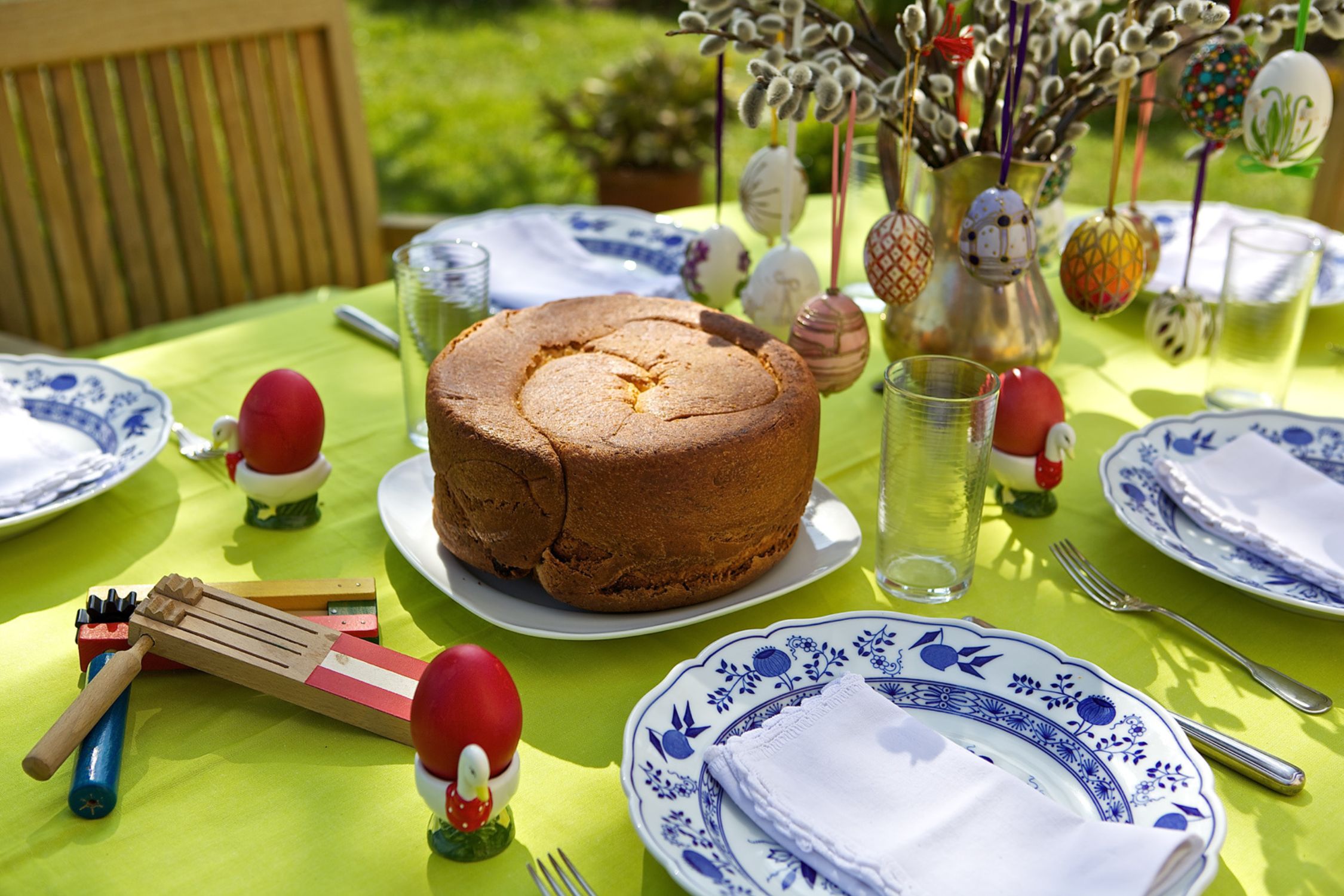EASTER IN VILLACH – A CELEBRATION OF TRADITION AND TASTE
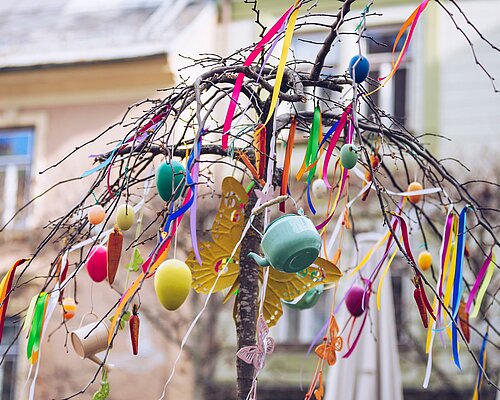
Springtime is one of the most beautiful times of the year in Villach. As the days get longer and the weather gets warmer, the countryside bursts into color with blooming flowers and budding leaves. The arrival of spring also means that Easter is right around the corner. In the city of Villach, there are lots of Austrian traditions as well as uniquely Carinthian festivities to celebrate Easter.
For many, preparations begin on Ash Wednesday – the day after Shrove Tuesday (Fasching Tuesday), which marks the peak of the carnival season. Ash Wednesday also marks the beginning of the 40-day Lent, which ends with Easter. So when is Easter? Easter takes place on the first full moon after the first day of spring, so the date changes each year. Check your calendars for this year’s date.
EASTER MARKET IN VILLACH
During the week before Easter, the Villach city center hosts a colorful Easter Market. Wooden stalls are set up at Rathausplatz and Oberer Kirchenplatz, offering a wide variety of Easter decorations, handicrafts, gift ideas, and delicious Carinthian specialties. The market is especially popular with families: a carousel and a spring-themed mini train in front of City Hall offer entertainment for children. The market is open daily from 10 a.m. to 7 p.m. and closes at 2 p.m. on Holy Saturday (the day before Easter Sunday).
HOLY WEEK - KARWOCHE
Palm Sunday marks the beginning of Holy Week (“Karwoche”) which is the week before Easter Sunday. It is traditional for children to take bouquets of pussy willow (“Palmkätzchen”) with them to church service to be blessed. The blessed bouquets are then placed around the home to protect the family or placed in the fields to yield good crops.
During Holy Week, church crosses and altars are also covered with artistically crafted Lenten veils – a tradition that dates back over 1,000 years. In recent years, around 300 Lenten veils have been recorded across Carinthia.
On Maundy Thursday, Carinthian households traditionally serve spinach with fried potatoes and a fried egg. Although both the German name “Gründonnerstag” and the culinary tradition suggest a link to the color green (“Grün”), the origin of the term “Gründonnerstag” (Maundy Thursday) remains unclear. One theory suggests it stems from the old or Middle High German word greinen (= to weep) – a reference to mourning Jesus' suffering at the Last Supper, the evening before his crucifixion. That night, church bells stay silent for three days. In some places, wooden rattles or clappers are used instead.
On Good Friday – the strictest fasting day of Lent – families already begin preparing the traditional Easter meal, the so-called Osterjause. In Carinthia, this includes Reindling (a sweet yeast cake with cinnamon and raisins), Easter ham, horseradish, and dyed hard-boiled eggs. Some households also serve beef tongue or smoked sausages, along with poppy seed butter. Eggs are boiled and dyed, sausages prepared, and the Reindling baked on this day.
HOLY SATURDAY
On Holy Saturday, the ingredients for the Easter meal are placed in elaborately decorated baskets, covered with embroidered cloths (“Weihkorbdecke”), and brought to church for the traditional Fleischweihe – the blessing of the food. Afterwards, families gather to enjoy the Carinthian Easter meal together. The sweet and savory combination makes it especially unique. Another tradition is Eiertuschen (also known as Eierpecken) – an Easter game where two players each tap a hard-boiled egg against the other’s. The goal is to crack the opponent’s egg while keeping your own intact. The player whose egg remains unbroken wins.
In some Austrian regions, Easter bonfires are lit on the night before Easter Sunday – a tradition dating back to pre-Christian times, when people gathered around fires to celebrate the arrival of spring. Today, Easter fires require approval from the local fire department. In Villach’s districts of Landskron, Pogöriach, and Maria Gail, Easter fires have been held in the past – so keep your eyes and ears open to join in the festivities!
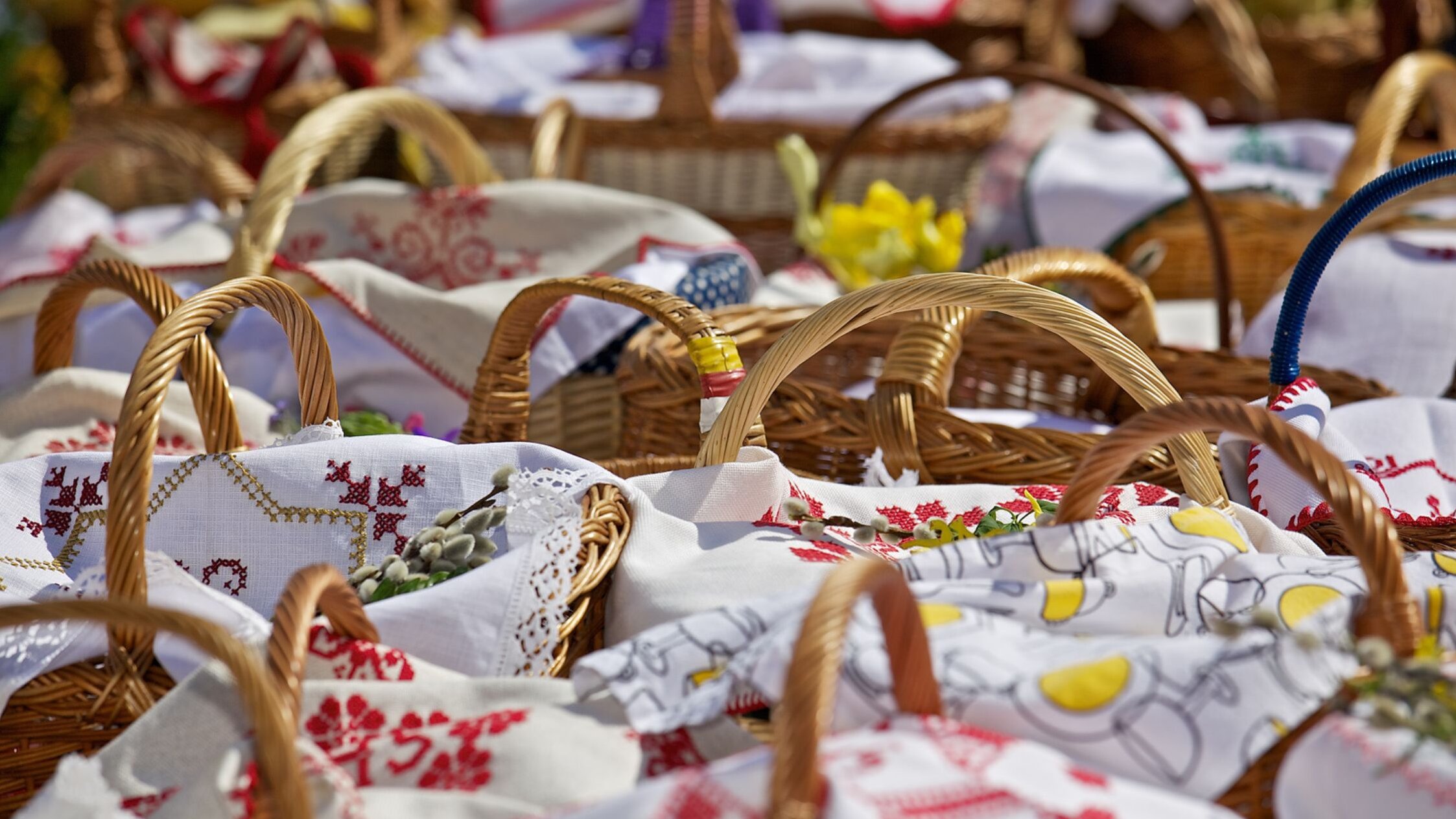
EASTER SUNDAY
Easter Sunday is especially exciting for children – because the Easter Bunny pays a visit! He hides colorful Easter eggs, sweets, and small gifts in the house or – if the weather is nice – in the garden. Godparents (called “Gotl” in Carinthian dialect) also bring gifts for their godchildren, traditionally in the form of a Gotenstrutz – a baked treat shaped like an Easter lamb or Reindling, often decorated with an egg and a coin. Of course, the Easter meal is also a must on Easter Sunday!
EASTER MONDAY
Easter Monday is also a day many Carinthian families spend together, celebrating and enjoying the Easter meal. After eating, games and fun are often on the agenda – for example, Kugelstoßen or Kugelwerfen (ball rolling or throwing) around Villach. It’s a traditional skill game similar to bowling, where a wooden ball is rolled toward a target or used to knock over pins. In Afritz, Judendorf, and Vassach, Kugelstechen is a well-established Easter tradition with its own rules and elements.
The following video shows traditional Kugelstechen in Vassach:
Whether it’s the Easter market, food blessing, or Kugelstechen – in Villach, Easter is celebrated with a rich variety of vibrant customs that highlight tradition and community.
FROHE OSTERN! HAPPY EASTER!
